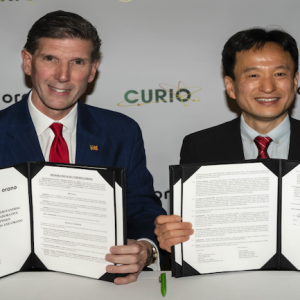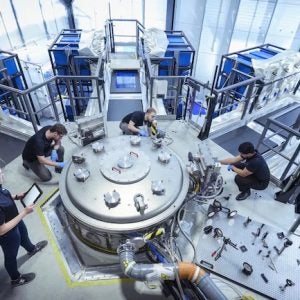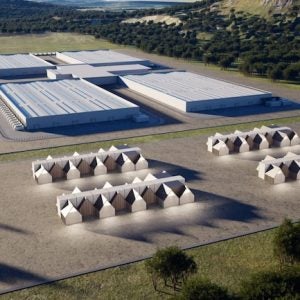Rosatom’s publication, Strana Roastom, said on 9 March that by 2045, the share of nuclear energy in Russia’s energy balance should reach 25%. “We understand that the coronavirus epidemic has changed the world, but it's hard to say what the outcome will be. It is only obvious that the speed of change is increasing, and we need to accept this,” said Rosatom CEO Alexei Likhachev.
He explained that, despite the difficulties caused by the pandemic, the past year is something for Rosatom to be proud of, with nuclear plants achieving a record output of 215.8 TWh and 100% fulfilment of the state defence order. “It was not easy for us, but that makes it more valuable,” he said. “The environmental agenda and issues of climate change are becoming increasingly important in the world. The tasks within the country are becoming more complex and voluminous. The president and the government are counting on our competencies and are increasingly using Rosatom for the technological re-equipment of the domestic economy. The main thing is to switch from focusing on confronting the epidemic to focusing on development. In the near future, each division and all enterprises must present their programmes to increase revenue and reduce costs."
He noted that the strategy that the Supervisory Board updated in 2020 (Vision of Rosatom – 2030) called for an increase in revenue to RUB4,000bn ($45bn) with a significant increase in the share of new products and foreign orders, new technologies with mandatory export potential. It also stipulated the need for qualitative changes in Rosatom itself: erasing internal boundaries between enterprises and divisions, customer orientation, as well as creating an industry environment for developing the potential of employees.
In January, at a conference of industry leaders, key objectives for the current year were formulated. These included development of the nuclear weapons complex- fulfilling the state defence order, and expanding the production of civilian products (50% by 2025). Second was implementation of the decision to achieve a 25% share of nuclear energy in Russia’s energy balance by 2045. “According to preliminary estimates, this will require the commissioning of 24 blocks, including at new sites and in new regions,” said Likhachev. Third, revenues from new products must increase by about 20% a year to reach the target by 2030. “This requires qualitative changes, one might say a quantum leap,” he noted, including wind power, nuclear medicine and digital products,
Development of science is another priority. Likhachev mentioned the start of a comprehensive programme "Development of engineering, technology and research in the field of atomic energy use", and presidential support for the Big Sarov project (based VNIIEF – Russian Federal Nuclear Centre – The All-Russian Research Institute of Experimental Physics) with the opening of a branch of Moscow State University and the construction of an academic town. “In our other nuclear centre, VNIITF (the Russian Federal Nuclear Centre – YI Zababakhin All-Russian Institute of Technical Physics), the issue of mastering the technology to convert natural gas for the production of hydrogen energy and the use of hydrogen in industry is being developed. This project has the code name New Snezhinsk. We are counting on interaction with large gas companies,” Likhachev said.






